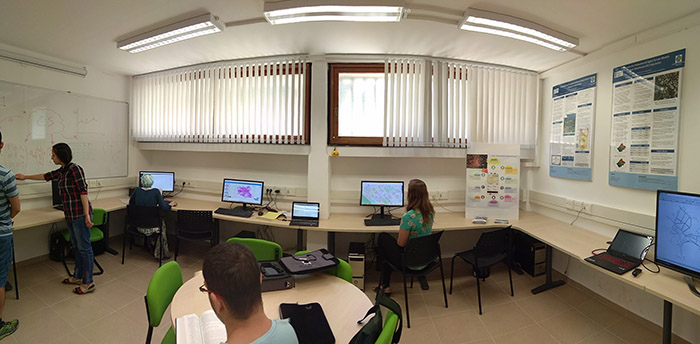The following are some of the many research laboratories in the faculty:

The following are some of the many research laboratories in the faculty:


The research in the laboratory is in the field of environmental microbiology and focuses on the atmospheric environment. We ask questions about the health risk potential of microbes distributed in the air and how it can be modified following interactions with various factors in this environment. We are interested in understanding basic questions on microbial survival during aerial transport, and on the factors that will influence it.
In the study we use a variety of methods that include different field sampling methodologies, and laboratory simulations and apply tools from the field of molecular biology, immunology, microscopy, and chemistry to characterize the samples in the lab.
By combining our findings with environmental parameters, collected from satellites, meteorological stations, and models, we give environmental meaning to our results.
Our research allows the understanding and proper assessment of changes in microbial distribution and activity, which may manifest as a result of climate change and anthropogenic changes.

The PMV lab in Technion is studying the physics of flow, reaction, and deformation in soil and rock. We do so by replacing the soil and rock with an equivalent transparent porous material developed in the lab. The transparent porous material allows direct quantification of the following processes occurring in soil and rock: transport in porous media, reaction rates of chemicals during transport, displacement of resident phase in the porous media by a miscible or immiscible phase, and deformation of the porous material during the transport. We use advanced microscopy methods and cutting-edge soft lithography technologies to quantify these processes and unfold the hidden dynamics of real soil physical processes.
These unique experiments are accompanied by developing new theoretical, numerical, and statistical methods. Among which are tracer and reactive Darcy flow simulations in heterogeneous conductivity fields, global sensitivity analysis of transport processes, and record-setting in random walks. For both the experiment and numeric work, we develop new codes for particle tracking, image analysis, and machine learning.
We are constantly in the lookout for talented students who are willing learn new things and advance our research to uncharted areas.


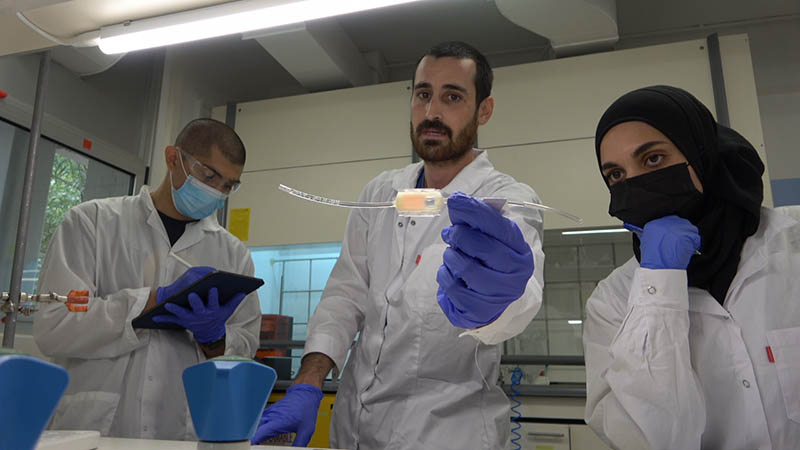

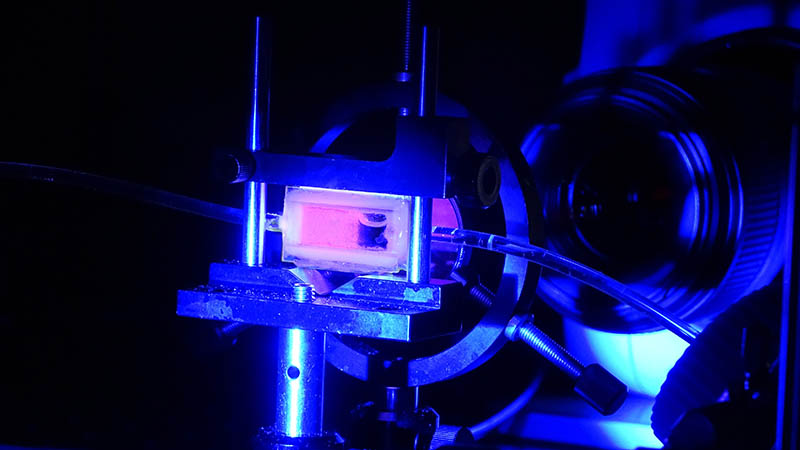
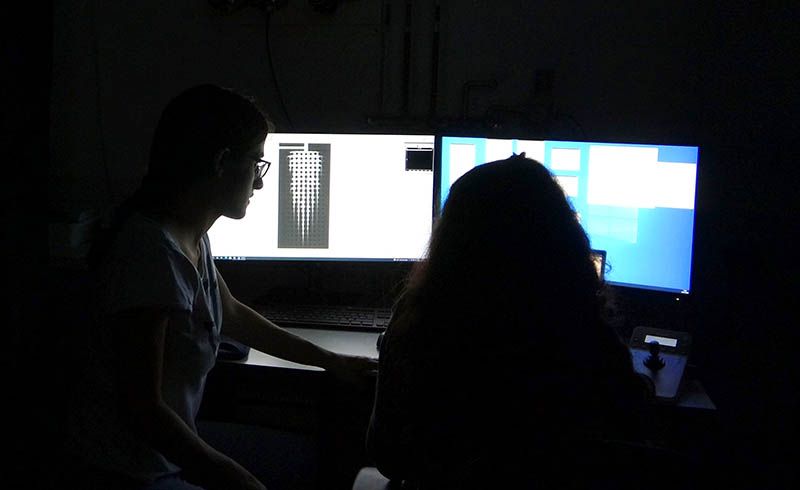

We are engaged in fundamental questions related to the sustainable production of energy and water. Research activity is focused on gaining insight into the micro- and nano-scale physical-chemical and biological processes that underlie many engineering applications. We employ theory, computation and experiments in order to probe the mechanisms at play and find explanations to complex phenomena. These insights then translate to knowledge that can help improve current engineering practice, making it more energy efficient, or develop new methods, approaches and materials for performing separation and energy conversion.
Current efforts involve membrane separation technologies, employed for water production from impaired sources, e.g. sea/brackish- and waste-water. Themes explored involve membrane formation and transport, fouling and deposition of colloidal material and bacteria. We study how these processes affect overall membrane performance and ways of making water production cheaper and more sustainable.
Another main theme is acoustic energy conversion – using sound waves to replace mechanical devices such as pistons or turbines. The acoustic technology is applied for cooling, separation, water pumping, desalination and electricity production from low-grade heat . We are developing new, exciting technology that can produce energy with no moving parts, opening exciting prospects for cheap and reliable construction.
In particular, we are looking towards leveraging the insight gained, and our technology, towards sustainability and implementation in developing nations.
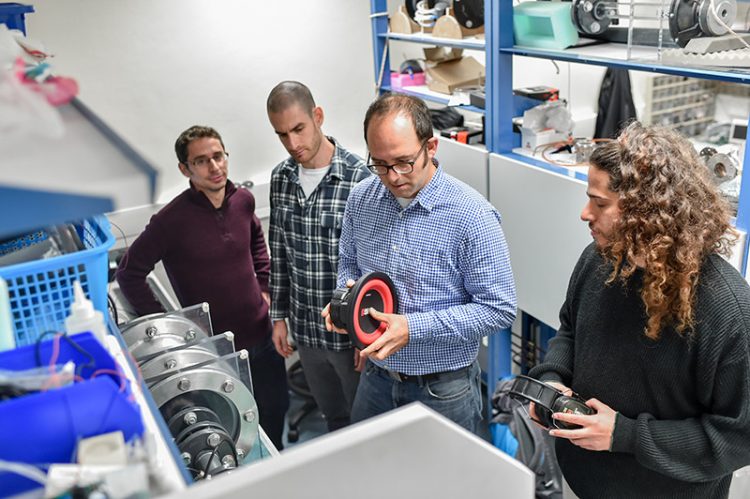

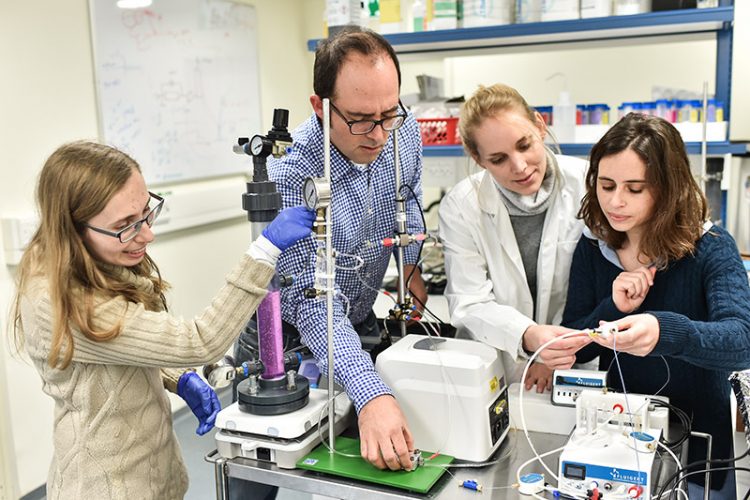
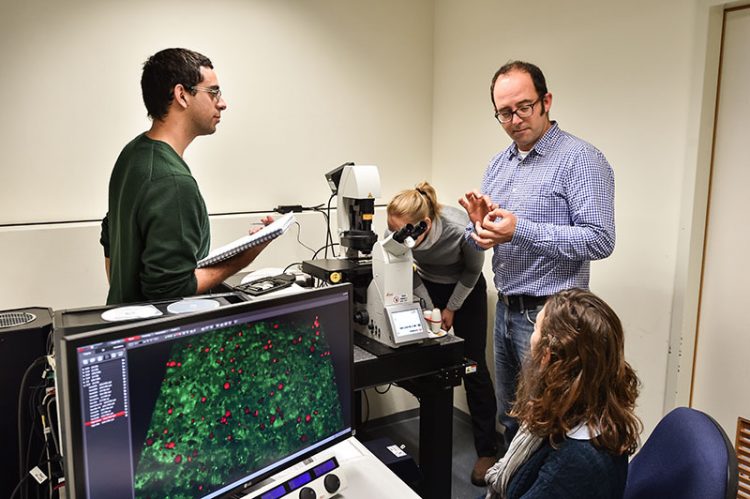

The Laboratory focuses on developing intelligent civil structure and infrastructure systems with inherent sensing capabilities. The research focuses on developing smart-self-sensory thin walled structural element by using advanced construction materials. The smart sensory concept is based on using electrically conductive reinforcement systems with preferable strength, which simultaneously serve as the structural reinforcement and as the sensory system. Our studies investigate the feasibility of the concept for the structural (strain and damage) and functionality (wetting) monitoring purposes.
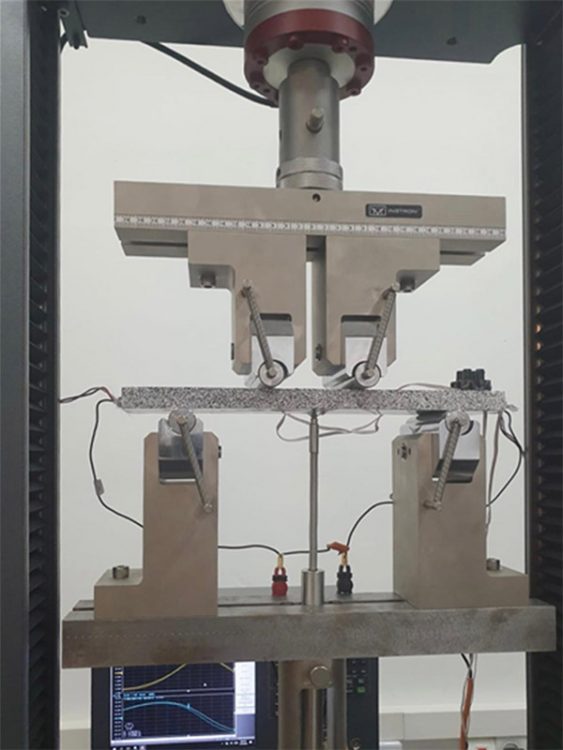
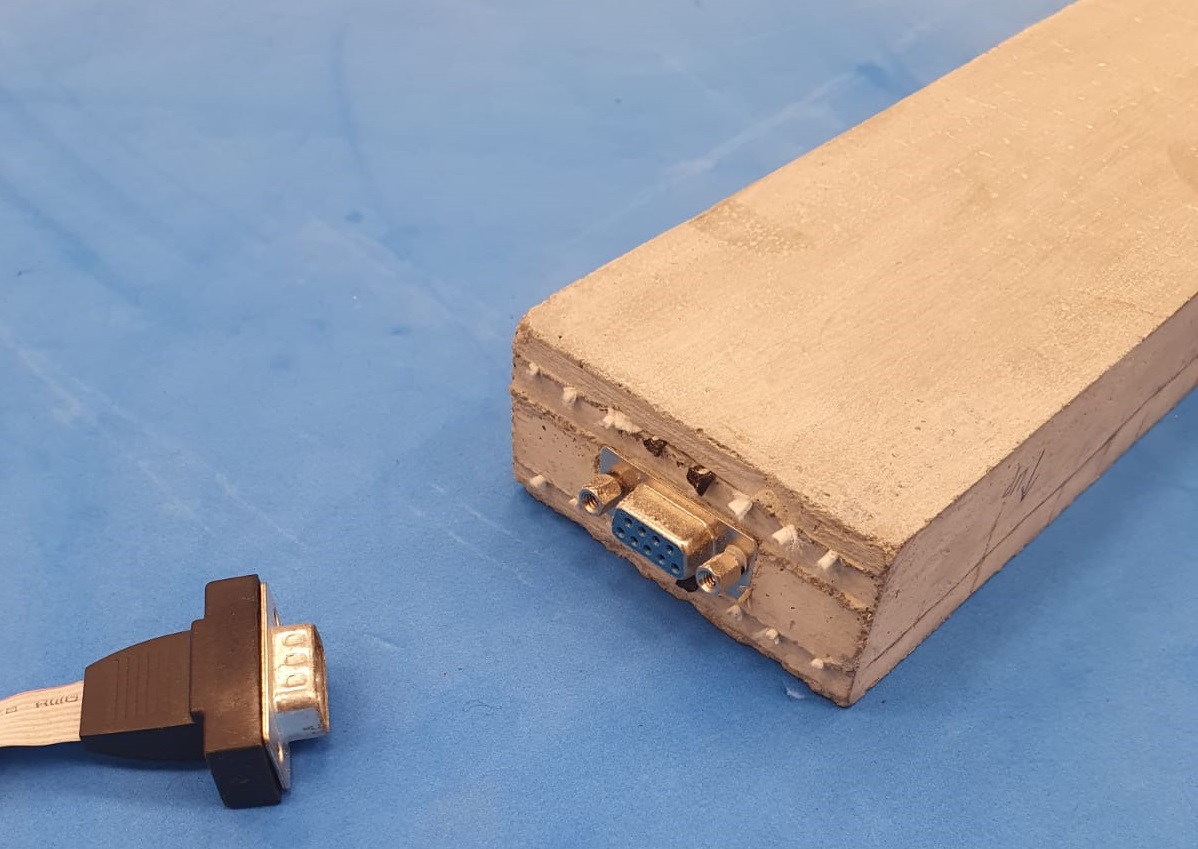

Laboratory of alternative cementitious materials was founded at National Building Research Institute (NBRI) by Dr. Semion Zhutovsky at the Technion in 2017 to provide infrastructure and technical basis for the innovative research in the area of cementitious materials that continues over several decades in NBRI since its establishment. In addition to the existing proficiency of NBRI in studying mechanical and durability properties of cementitious materials, the laboratory provides capability and know-how in the research of cement production technology, optimization, and development.
The major topics of the current research conducted in the laboratory include recycling of concrete waste fines into new Portland cement clinker, producing traditional Portland cement from alternative materials to reduce CO2 emissions, self-healing cementitious materials, the study on optimization of supplementary cementitious materials by means of various activation techniques and their different combinations in ternary and quaternary blends, as well as producing alternative binders with reduced energy consumption and carbon footprints such as belite-rich cement, calcium-sulfate-aluminate cement, and belite-ye’elimite-ferrite cement.

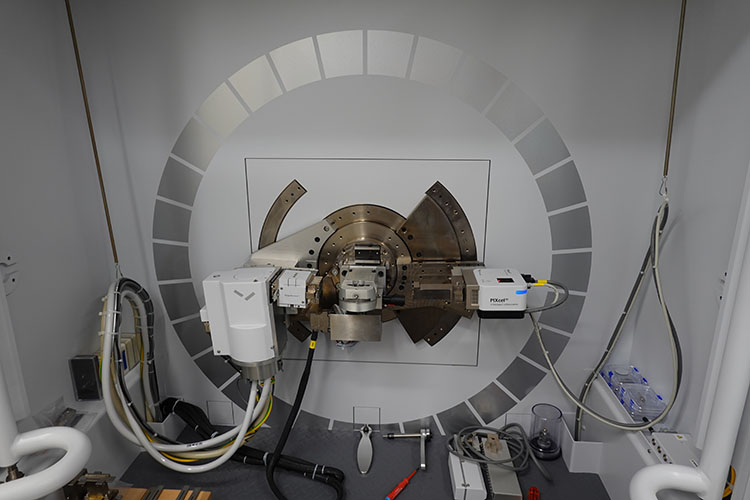



As part of the Technion’s National Building Research Institute, the Seskin Virtual Construction Laboratory (VClab) gathers excellent researchers around the globe that focus on areas of Building Information Modelling (BIM), Digital Building Twin (DBT), Lean Construction, and the synergies among them. Research carried out in the VClab includes (but not limited to) BIM-enabled lean construction control systems; innovative solutions to BIM interoperability; AI-enabled design automation of buildings; DBT system for construction site management.
The VClab is currently involved in two EU Projects funded by the European Union’s Horizon 2020 research and innovation programme:
CBIM is a European Training Network in the area of Cloud-based Building Information Modelling. The ambition is to educate researchers in the development of a set of novel and disruptive BIM technologies that will automate the generation and enrichment of digital twins, improve the management, security and resilience of BIM-enabled processes, and boost the industrial uptake of BIM across sectors and disciplines by training these researchers to valorise and exploit their work. This new generation of researchers can play a key role in the widespread implementation of BIM products and processes dedicated to digitizing our built infrastructure and managing our assets better to yield massive gains in sustainability, productivity and safety.
BIM2TWIN aims to build a Digital Building Twin (DBT) platform for construction management that implements lean principles to reduce operational waste of all kinds, shortening schedules, reducing costs, enhancing quality & safety, and reducing carbon footprint. BIM2TWIN proposes a comprehensive, holistic approach. It consists of a (DBT) platform that provides full situational awareness and an extensible set of construction management applications. It supports a closed loop Plan-Do-Check-Act mode of construction.



The Prospective and Early-stage LCA lab (PESLL) investigates the life cycle environmental impacts of early-stage technology prior to commercialization to identify environmental hotspots and provide feedback to design of new technology.
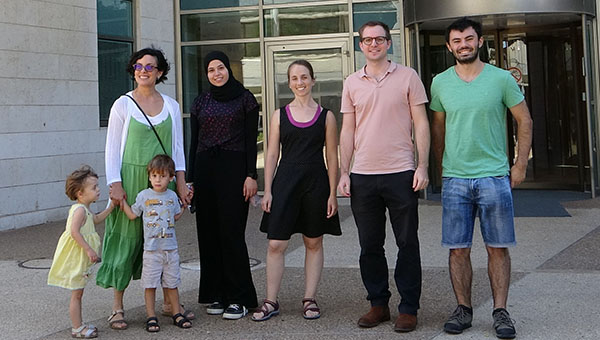
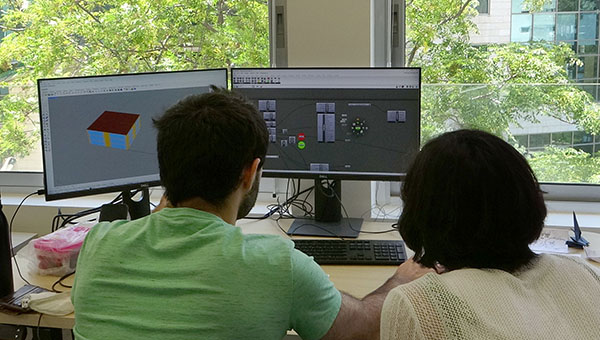
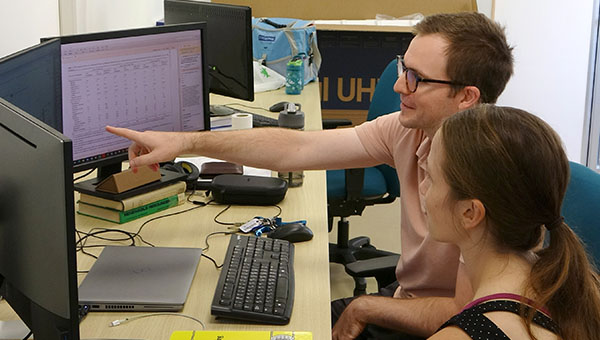

The research work in the Environmental Crowdsourcing Lab (ECSL) focuses on topics and ideas dealing with the interpretation, mining, and integration of contributed spatio-temporal data (citizen science and participatory mapping), aimed at enriching and augmenting the existing environmental knowledge base and developing new location-based services. The research is mainly concerned with route optimization, environmental cognition, enrichment of environmental monitoring systems, location-based services and the identification of patterns and behavior of moving objects.
Crowdsourcing user-generated location data shows enormous potential to address sustainable problems and current social problems that traditional tools and technologies in the fields of mapping and geo-information do not provide. The research in the lab includes examining and using location data from various sources created by users, including social networks, in order to analyze, retrieve and extract information and knowledge related to human knowledge, and mobility patterns and behavior. These are used to develop new location-based services, to develop sustainable socio-technological tools for groups and communities in society, and to understand our behavior in the environment.
